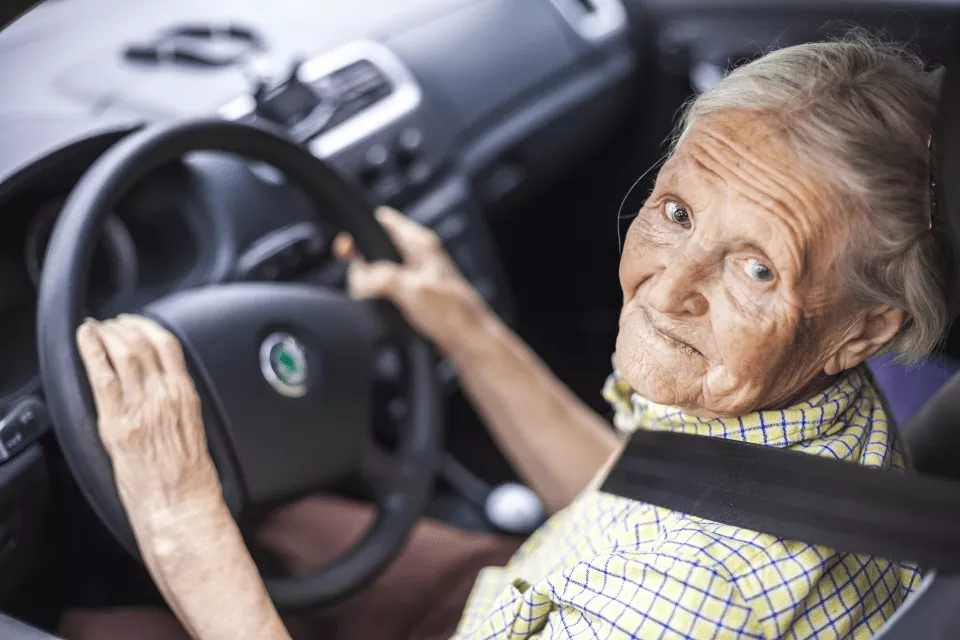Driving Assessments
Driving is considered a privilege not a right in our society though as a society we make life challenging without the independence to drive. There are a variety of reasons why we think about driving ability as people get older. These include reaction times, cognitive changes, physical health and frailty, medications which can influence driving ability, older car models which have less safety features, and medication conditions to name a few.
People over the age of 70 years account for 18% for all driver deaths in 2019. In the same year, 41% of pedestrian deaths were over the age of 70 years. So being older is risky business in general.
It is clear that driving would be unsafe and risky in moderate to advanced dementia, but can someone drive when it is early dementia or mild cognitive impairment? It potentially likely that people can drive safely for up to 3 years after their diagnosis of mild cognitive impairment and less time for early dementia due to its progressive nature. So how do we know when it is time?

In Victoria, VicRoads puts the responsibility to notify them on the driver for all medical condition notifications including diabetes, heart disease and other neurological conditions. Generally, though the doctor can help guide with this notification and do so on their behalf. Each person needs to be reviewed on their own merits with the gold standard being an Occupational therapist driving assessment. This assessment is aiming to assess safety and judgement. A local familiar route is assessed while driving a similar car initially with an assessment further afield after that. Local area restrictions may be placed on the person’s driving or recommendations depending on the assessment. It is helpful to have a lesson prior to the test to decrease performance anxiety and also to refresh the important aspects they are assessing.

Prior to this assessment the timing of the notification can be guided by some cognitive tests which examine executive function, visuospatial skills, attention as well as a physical examination to determine co-ordination and reaction times. Practitioners are also guided by collateral from family and friends, a history of car accidents or infringement notes or marks on the car. Concerns raised from others also brings these assessments forward.
Other medical conditions that can influence safe driving include visual impairments, hearing impairments, heart disease, recent surgeries, medications that affect attention and cognition eg pain medications, frailty, neurological condition eg Parkinson’s disease, sleep apnea, diabetes, seizures and much more.
It is important for us all to plan for the day when driving is not a safe option. What are the alternatives to self-driving such as family support, a driving service, taxi vouchers, public transport options? The more planning and discussion prior to the event the easier it is for the individuals and families to transition when the time comes.

